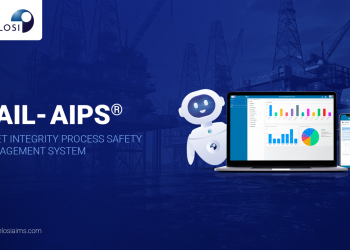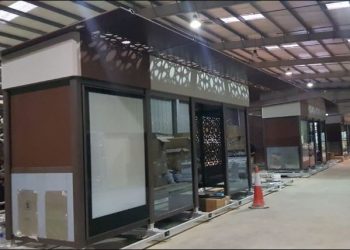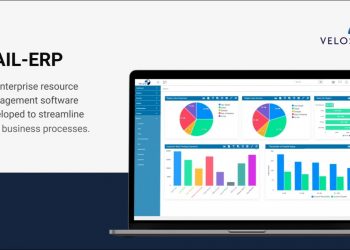Hazard and Operability (HAZOP) Study
Hazard and Operability (HAZOP Study) is a structured hazard identification technique using a multi-disciplinary team for the identification of process hazards with respect to the design and operation of a facility. The study identifies deviations from process boundaries and records its consequences, safeguards and recommendations.
At Velosi, HAZOP Study is used as a technique to identify potential hazards in a system and to analyze operability problems that may result in nonconforming products. HAZOP Study is generally based on a theory that concludes risk events are caused by deviations from design or operating intentions.
Identifying such deviations is usually facilitated by utilizing sets of ‘guide words’ as a methodical list of deviation perspectives. This particular approach is an exceptional feature of the HAZOP methodology that enables to stimulate the imagination of the team members while examining potential deviations.
Request a Demo
As a risk evaluation tool, HAZOP is defined as:
A brainstorming method
A qualitative risk evaluation technique
An inductive risk assessment method, also known as a 'bottom-up' risk identification approach, where success relies on the capability of subject matter experts (SMEs) to anticipate deviations based on past experiences and general subject matter expertise.
HAZOP is ideal to assess hazards in facilities, equipment, and processes and is best suited for assessing systems from multiple perspectives, such as:
Design
To evaluate system design capability for meeting user specifications and safety standards, and to identify weaknesses in systems
Physical and Operational Environments
To evaluate the environment for assuring that the system is appropriately situated, supported, serviced and contained.
Operational and Procedural controls
To evaluate engineered controls (ex: automation), sequences of operations, procedural controls (ex: human interactions), etc., and to assess various operational modes, including start-up, standby, normal operation, steady and unsteady states, normal shutdown, emergency, and shutdown










